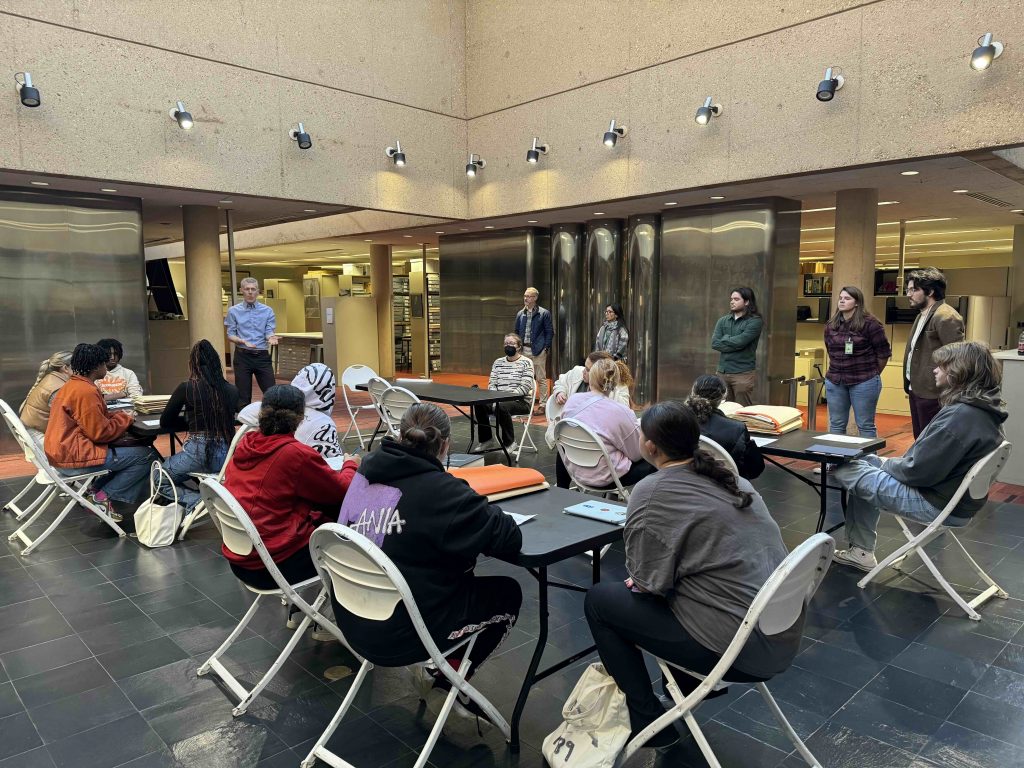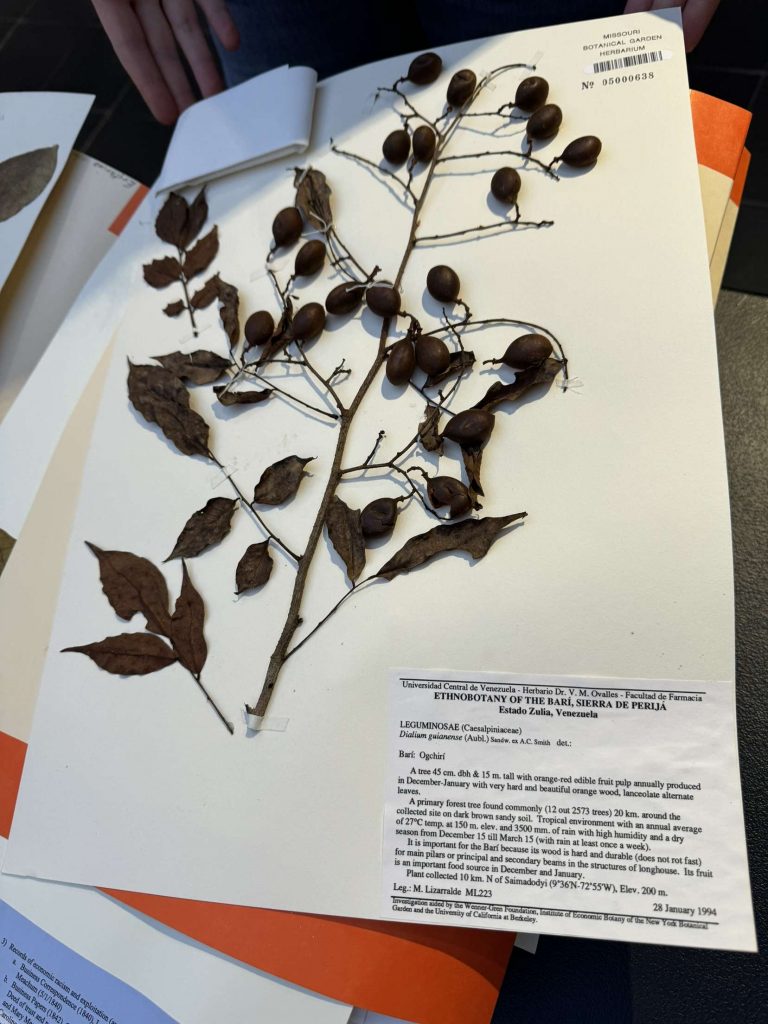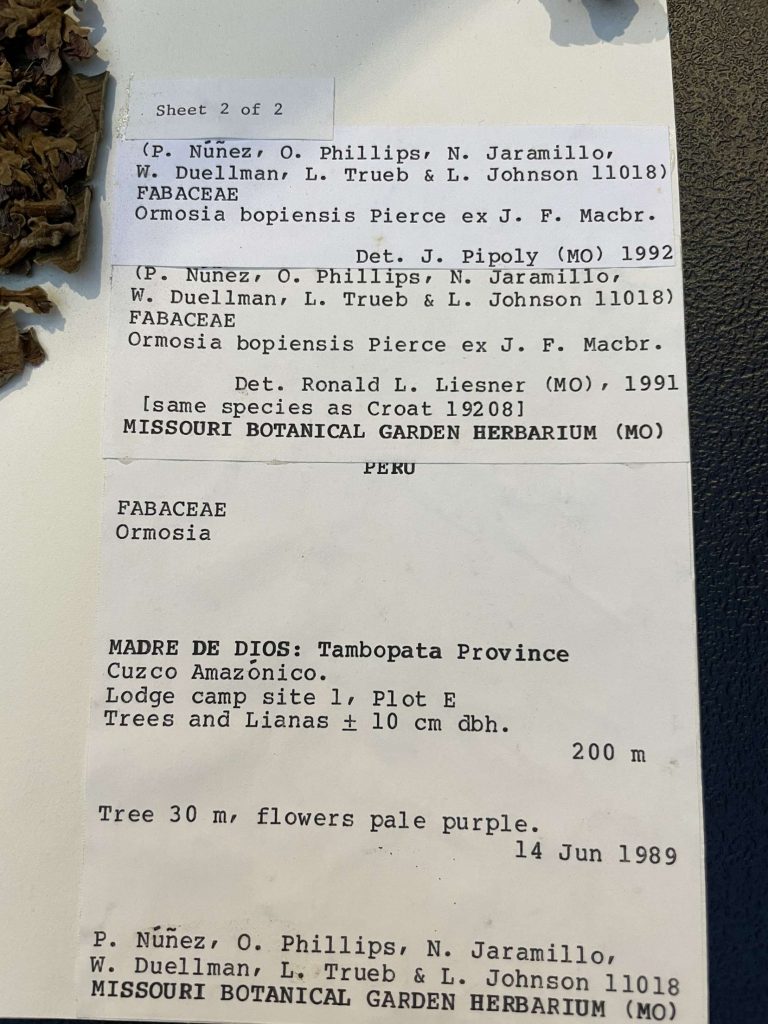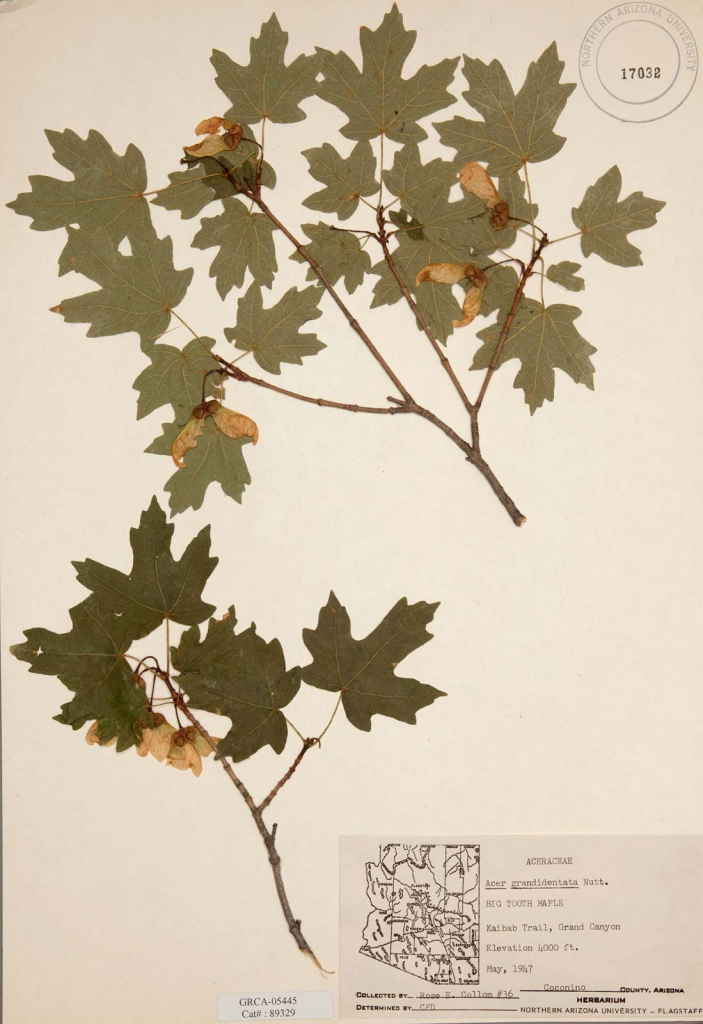Sophia Overturf
CODES
Dr. Hildebrandt
February 6th ,2024
Last week we went to the Botanical Gardens to visit the archives. During this visit I had the opportunity alongside my cohort to view the plant specimens and records that went with them. Some being from as far back as the late 1800s. Coming to the gardens, I did not know very much about what we were coming to look at. But after visiting I got a bit more of an idea of plant collection and the people collecting them.
We saw a lot of old plants, specifically Yucca tree and many of the samples coming from the time period of 1870s-1930s. North American plants are more commonly collected since we live in north America, they have a lot of some plants and very little of others due to botanists not wanting to venture further into forests and other places due to fear of being poisoned by the plants. However, some of the plants that they have information on are databased and have their own number with a bar code. There was a lot of bias when it came to the documents, mainly because some of them came from over 100 years ago. As those botanists were mainly old, white, men, who wanted to put their names on anything they could.
The specimens that we looked at were collected by C.G.Pringle, Jared G. Smith, George Angelman, and Ferdinand Lindheimer(who was one of the first collectors from what is now known as Texas. The purposes for which they were collected were mainly research and other scientific purposes. The people who are being silenced by these researchers are the native people who originally used these plants and the people who helped them collect the specimens. They are silenced because we do not know anything about these people, and they likely weren’t documented so we may never know anything about these people. So, we must learn about them based on these plants and what they are used for. As some are extremely vital to our current medical practices to make medicines.
Even though sometimes we do not have much information about these plants or the people who originally used them. Even with the people being silenced, we can still try to understand the significance of the plants. We still need to try to understand the whole picture and the stakeholders that are associated with it. Since we are the ones coming up with solutions, I think that visiting the achieves is a starting point for the big picture and gives us more opportunities to explore in the future






